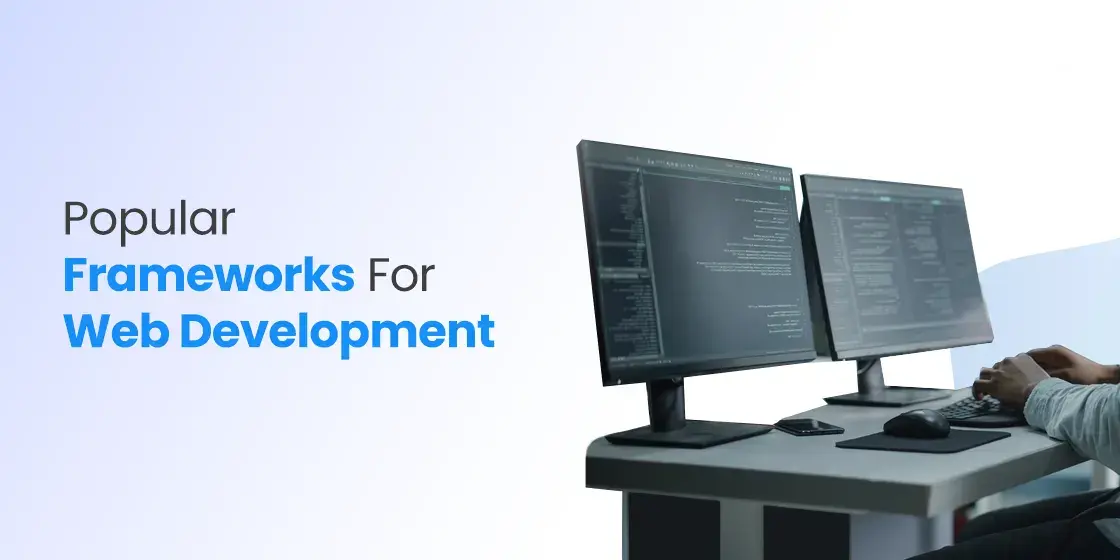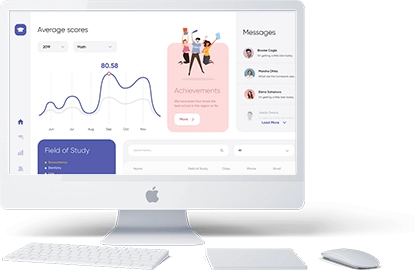Table of Content
Take a Look at the Popular Web Development Frameworks in the Dev Industry
Every developer understands how important web frameworks are. They are considered essential to build modern web applications, ranging from banking websites to ecommerce stores and more others. These platforms provided a complete environment to the developers to create, edit and test web applications efficiently. It is therefore important for every developer to know about the top web development frameworks available in the market. It is considered very crucial for their growth, because learning different frameworks always gives them an edge over others.
There are plenty of top web development frameworks available in the market today. Due to this, many people often remain confused which framework should be given attention first. It is one of those questions that is often asked by the beginners. They usually do not have enough understanding of these platforms, which is why they want to know which frameworks should be prioritized first.
In this blog, we will answer this burning question in detail. We will let you know about those frameworks that should be used to offer web development services. Let us first start from the basics understanding the core definition of web development framework below.
What is a Web Development Framework?

Web development framework refers to an environment where developers build an application. It can be termed as a platform where you get all the tools, functions and features to build a customized website. Earlier, when the dev field was in a nascent stage, there were no platforms or complete environments available for developers. People had to use different tools and technologies separately to build a custom application. This was the reason why the development process was a bit long, requiring separate efforts from the scratch at every stage.
To resolve this issue, web frameworks were introduced in the market with different prebuilt features. It described the idea how different development tasks can be done cohesively to save plenty of time and efforts. The introduction of different JavaScript frameworks precisely set the tone for developing modern web applications with better efficiency. That is how these frameworks got popularity in the market, offering developers a more organized way to create powerful web apps.
Types of Web Development Frameworks
Before picking any web development framework for your project, you need to first understand its classification. There are two types of frameworks currently available in the market. Let’s take a look at them in detail below.
Backend Framework
Backend framework is considered most important environment in the dev world. It is the place where you build a strong platform for your web application. All the functions, features and methods are programmed using the backend framework. It generally requires good technical knowledge, because backend programming is quite hard as compared to frontend scripting. There are different types of coding languages for app development used these days, such as C#, Python, PHP and more others.
All the server-side programming is done on backend frameworks. Whether you want to build/integrate an API or just want to connect the database with the application, you will need to use a backend framework to do the job. It is therefore recommended to the beginners to first learn the concepts of backend framework, as it helps to build their base in core application programming.
Frontend Framework
Once you are done building the backend of the application, you will then move towards the frontend of the app, and that is where specialized frontend frameworks will be required. These platforms are purely built to design the frontend of the web app. From menu to header and sliders to navigation bars, everything is designed using the creative features of a frontend framework. It provides different types of prebuilt functions and templates to design these components, precisely as per the needed demands.
Using the frontend frameworks, web designers can simplify various tasks on the go. Most of the web designers use frameworks to create UI/UX of the website creatively. These platforms provide them plenty of help in website designing, mostly through smart premade functions. These frameworks are basically built with the combination of HTML, CSS and JavaScript, so developers usually find it easy to work with them.
Top Web Development Frameworks Known Today
The dev market has seen immense evolution during the last couple of decades. Today, you can find different types of web development frameworks available in the industry. Some of them are recommended best for development due to various reasons. Let’s take a look at their names below.
Angular
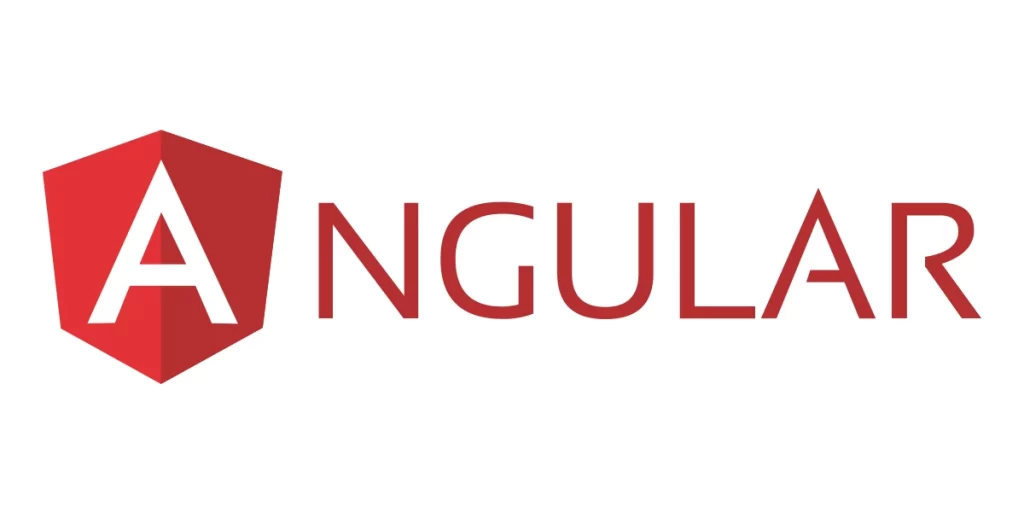
Angular stands out as one of the most renowned and extensively utilized frameworks in the realm of web development. Originating from Google, this framework is crafted using TypeScript and adheres to the Model-View-Controller (MVC) architectural pattern. This not only furnishes you with a powerful foundation but also ensures a reliable approach for crafting an array of web applications, ranging from intricate web applications to uncomplicated websites.
Angular distinguishes itself as a modular framework with scalability at its core. It meticulously delineates individual HTML elements into discrete components, facilitating their reuse at a later stage. Furthermore, the open-source nature of Angular bestows upon you the freedom to choose from an extensive array of integrations and supplementary components. This inclusiveness is complemented by a vibrant community of developers, ready to assist and collaborate, thereby enhancing the potential for successfully executing your projects.
React

React JS, alternatively recognized as React.js or simply React, stands as a prominent framework in the realm of web development, grounded in JavaScript. This open-source framework empowers developers to construct user interfaces through the utilization of declarative code, offering a streamlined approach to building interactive and dynamic web applications.
The popularity of React JS is underscored by a multitude of factors, with its hallmark attributes being flexibility and user-friendly design. The framework has garnered widespread acclaim through its application in notable projects undertaken by major entities, including but not limited to Facebook, Shopify, Airbnb, Uber, Walmart, Tesla, Instagram, and several others. The adoption of React JS by such industry giants is a testament to its versatility and capability to meet the diverse needs of complex and high-traffic websites and applications.
Ionic

Ionic is as an exceptionally robust and versatile framework for web app development in the modern times. Its prominence stems from a rich array of features and functionalities that facilitate the creation of high quality, near-native web applications, all achieved with the efficiency of a single codebase capable of seamless execution across diverse platforms.
The inherent strength of Ionic lies in its ability to harness native features such as UI components, security protocols, and gestures, among others. Beyond its standalone capabilities, Ionic demonstrates remarkable interoperability by offering seamless integration with a majority of frontend frameworks, including but not limited to Angular and React. This versatility not only streamlines the development process but also enhances the extensibility of the framework, empowering developers to leverage a diverse set of app development tools and resources in crafting sophisticated and feature-rich web applications.
Django
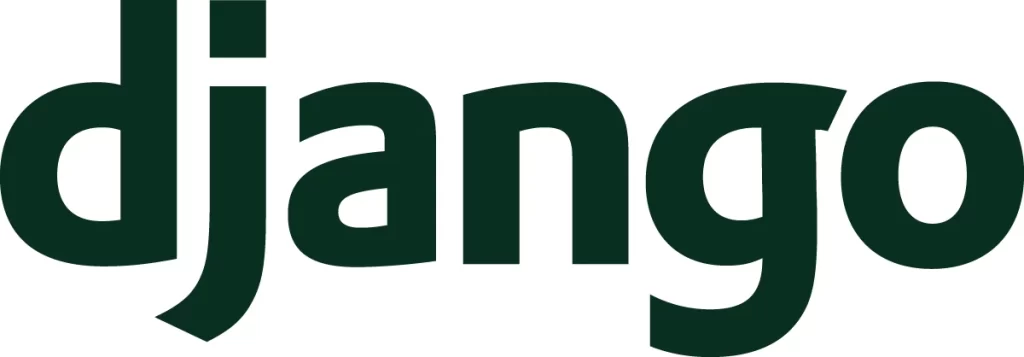
Django, one of the two top web development frameworks centered around Python, caters to individuals seeking to optimize their product development timelines without compromising on quality. Packed with an extensive array of features, Django is strategically crafted to empower developers to expedite their workflows. Leveraging the inherent efficiency of Python, Django emphasizes component reusability, thereby enabling developers to write less code while achieving rapid application development.
Beyond its timesaving attributes, Django’s popularity extends beyond its association with a widely used programming language. It distinguishes itself by providing a robust set of security features right from the start, bolstering the resilience of applications developed on the platform. Additionally, Django’s scalability is a noteworthy feature, allowing developers to tackle the construction of complex applications within remarkably short timeframes.
Vue.js
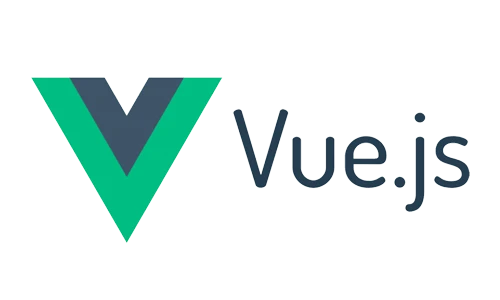
Vue.js is an optimal framework for those individuals that are engaged in the development of single-page applications (SPAs), providing a tailored solution for crafting user interfaces (UI) across a spectrum of web applications. Operating on the Model-View-View-Model (MVVM) architecture, Vue.js is characterized as a lightweight web framework, positioning it as a versatile choice for those seeking efficient and focused UI development.
The framework’s appeal extends beyond its architectural foundation, as it comes equipped with a diverse array of features and tools that collectively empower developers in the comprehensive creation of fully functional user interfaces. Vue.js distinguishes itself as an accessible framework, offering an intuitive learning curve that facilitates seamless integration with third-party tools. This user-friendly aspect not only expedites the development process but also underscores Vue.js as a pragmatic choice for developers looking to effortlessly incorporate additional functionalities and tools into their projects.
Laravel
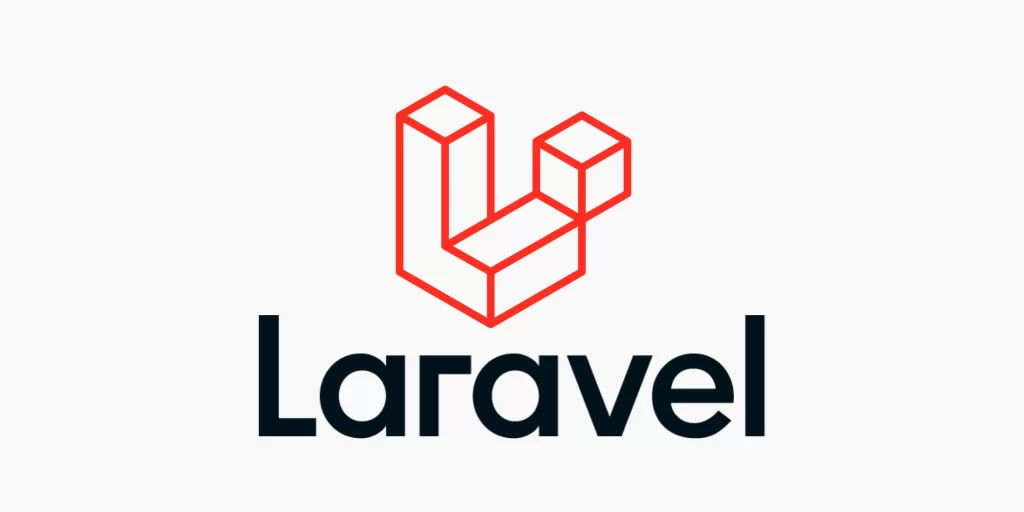
Laravel stands out as the preeminent web development framework within the PHP ecosystem, renowned for its widespread popularity and effectiveness. Engineered with the explicit goal of producing sophisticated websites and web applications, Laravel consistently lives up to this objective. Notably, the framework boasts an expressive syntax that contributes to the creation of code that is not only functional but also aesthetically pleasing.
Originating as a project built on the foundation of Symfony, Laravel has evolved into a robust framework in its own right. Anchored in the Model-View-Controller (MVC) architectural paradigm, it provides developers with a comprehensive toolkit to construct extensive, highly resilient, and feature-laden web applications. The MVC model serves as the scaffolding for Laravel’s development approach, facilitating the organization of code and promoting scalability.
jQuery

For developers in quest of an exemplary open-source framework, jQuery emerges as the optimal choice, specifically tailored for crafting application user interfaces. Its versatility extends to the creation of cross-browser-compatible interfaces, and it is lauded for its straightforward approach. jQuery facilitates seamless interaction between the Document Object Model (DOM) and its syntactical structure, providing developers with a user-friendly and efficient environment for UI development.
What distinguishes jQuery and adds to its prominence is its robust capability to create intricate features such as animations and other visually striking effects during application development. Beyond its inherent prowess, jQuery further solidifies its appeal by being available in compact file sizes, making it a lightweight yet powerful solution. The framework’s adaptability is further augmented by a diverse array of plugins, contributing to its versatility and enabling developers to extend its functionality according to the specific requirements of their projects.
Xamarin

Xamarin is more than a mere web app framework, according to its user base, who often describe it as an immersive development experience. This versatile framework is specifically designed for creating applications across multiple platforms, including Android, iOS, and C#. Renowned for delivering a native-like user experience, Xamarin not only achieves exceptional performance speeds but also incorporates a robust set of features to facilitate the development of highly resilient applications.
Functioning as a leading cross-platform development tool, Xamarin streamlines the development process by enabling developers to work with a single codebase that caters to multiple operating systems. Beyond this, Xamarin provides easy access to native APIs, enhancing the framework’s adaptability and allowing developers to harness platform-specific functionalities seamlessly.
ExpressJS

Express stands out as a remarkable framework within the MEAN (MongoDB, Express.js, AngularJS, Node.js) and MERN (MongoDB, Express.js, React, Node.js) stacks, offering a minimalist and lightweight approach to web development. It holds a pivotal role as the default server framework for Node.js development, earning favor among programmers and software firms alike due to its simplicity and the ability to enhance its functionality through a diverse array of plugins.
Recognized for its high performance, Express has solidified its position as one of the most extensively employed frameworks for both web and mobile applications. Beyond its role in traditional application development, Express excels as a preferred choice for building comprehensive APIs, providing developers with a streamlined and efficient means to create robust and feature-rich application programming interfaces.
Flask

Flask, grounded in Python, emerges as a fitting framework chosen by developers seeking to construct applications that strike a balance between being lightweight, powerful, and scalable, ultimately delivering exceptional performance. Conceived and introduced by Armin Roncher, Flask draws its foundation from the Jinja2 template and Werkzeug WSGI toolkit, providing a robust infrastructure for developers to build upon.
Functioning as a micro-framework, Flask consolidates essential libraries, tools, and technologies required for developing applications from the ground up. This strategic integration allows developers to seamlessly create both single-page and multi-page applications, showcasing the framework’s versatility.
What to Look for When Choosing a Web Development Framework?
There are plenty of things you need to look at while choosing a web development framework. These things are often not known to the beginners, which is why they make mistakes while selecting the framework. If you do not know what these things are, take a look at the factors defined below.
Functionality
When selecting a framework, the primary consideration should be its functionality. Opting for full-stack frameworks may not be advisable, particularly if routing capabilities are a crucial requirement. Instead of choosing a framework solely based on its popularity, it is essential to align your selection with your specific needs.
Open Source Advantage
Another crucial factor to consider is whether your web app development framework is open source. The primary advantage of open-source frameworks lies in the active involvement of numerous contributors in maintaining the code, even though formal support may not be provided.
Support
Primarily, it’s essential to ascertain whether the framework you intend to select boasts extensive community support. This stands out as a critical consideration, particularly in the initial planning phase of your project.
Frequently Asked Questions
| What is web development framework? Development frameworks serve as the foundational tools and libraries that developers utilize to structure their applications. Acting as an architectural foundation, these frameworks enable developers to expediently and efficiently construct a diverse array of applications. |
| How many types of web development frameworks are there? Top web development frameworks are classified into two types i.e. frontend and backend framework. Being a developer, it is important for you to have a good knowledge about both categories. |
| Which web development frameworks are more popular in the market? Today, there are different frameworks popular in the development industry. Some of the top name among them includes Angular, React, Node.js. jQuery, Laravel and more others. |
Final Words
That brings us to the end of this blog in which we have discussed some of the top web development frameworks available in the market today. Being a developer, you should have a sound knowledge about these frameworks, as it is related directly to your growth in skills. This blog has highlighted some popular frameworks that are used by majority of the developers. They provide plethora of advanced features that allow developers to create different types of websites effortlessly.
Meanwhile, if you are looking to hire an outsource development team for quality web applications, get in touch with us today. We have got years of experience in web development, and our dedicated teams precisely know how to create unique web apps for different types of businesses.

Empower your digital journey with StruqtIO - Your dedicated partner for cutting-edge custom software development, innovation, and digital transformative solutions. Harness the power of technology to elevate your business and redefine your digital landscape today.
